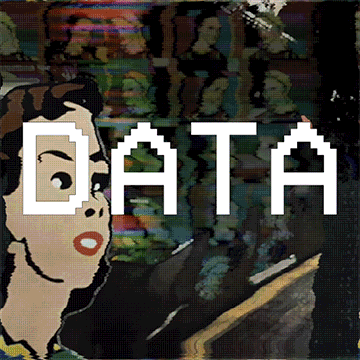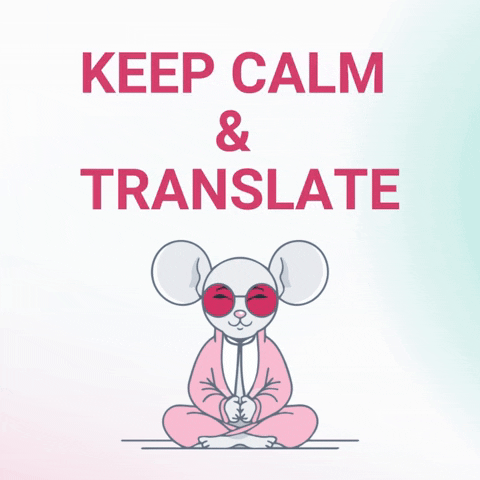In short — yes, it’s absolutely possible.
When you hear the term AI trainer, you might think you need to be a coding expert or an AI engineer.
But that’s not the case.
Even if you’re from a liberal arts background — this job is still very much within reach.

In the past, this kind of work was known as “data labeling” or “data annotation.”
And the great part? You can earn just by putting in time.
Many foreign startups don’t pay by task, but by the actual time you spend on the project.
That’s why a lot of platforms have built-in time tracking and hourly-based pay systems.
It may not be the most exciting or high-tech kind of automation, but the good thing is that as long as you spend time working, you get paid for it.
That’s a huge plus — and one reason many freelancers take on AI trainer gigs as a side hustle.
So, what exactly does an AI trainer do?

Simply put, an AI trainer teaches AI to think and respond like a human being.
But that’s a bit too abstract, so let’s break it down.
The work ranges widely — from simple data labeling to more complex tasks like performance testing, model evaluation, and translation review.
Let’s go through each one:
Data labeling

As the name suggests, you add “labels” to data.
Think of it this way: even if an AI sees a photo of a cat, it has no idea it’s a cat.
Until you label that image “cat,” it won’t know.
Labeling helps AI understand and learn from the data it’s given.
This is often repetitive and detail-oriented work — but it’s fundamental to training AI.
Performance Testing

This is like a final exam for AI.
You test whether the AI can actually apply what it learned.
You ask it questions and evaluate whether the answers are accurate, logical, unbiased, and appropriate.
The goal? Find out where the model falls short, and suggest how to improve it.
Since you’ll be writing detailed feedback and improvement suggestions, strong writing and critical thinking skills are key.
Red Teaming

This one’s a bit more intense.
Red teaming means stress-testing the AI to see if it can handle inappropriate or dangerous prompts.
Questions like “How do I commit a crime?” or “I want to harm myself…” are deliberately thrown in to test how the AI responds.
Does it follow ethical guidelines? Does it refuse or redirect?
It’s basically a moral security check — and a high-responsibility task that requires judgment, sensitivity, and a strong ethical compass.
Translation Review

You check AI-generated translations to see if they make sense — not just grammatically, but culturally.
You look for mistranslations, tone issues, missing nuances, and whether it sounds natural in the target language.
This task is often handled by linguists or localization professionals, especially in multilingual services or large language model (LLM) training.
Now you’ve got a better idea of what an AI trainer actually does, right?
It’s still a relatively new field, and people debate whether it’s a “real job” or just a temporary gig.
Some say it’ll disappear, others believe it’s here to stay.
But as AI becomes more advanced, the skill requirements for AI trainers are definitely going up.
So how do you actually get started?
Let’s explore how to join projects as an AI trainer.
